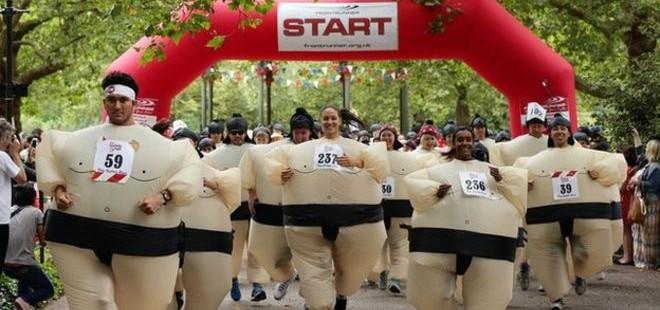You do not have to be a professional real estate appraiser to know that the market has only increased since way back in 2007. Potential buyers frustrated with seemingly overpriced apartments are consistently “shocked” by just how expensive it is to purchase a property in the Holy Land especially in the Holy City of Jerusalem. Sellers are often kicking themselves for selling “too early.” From 2007 until 2014 the average apartment went up by 100%! In 2015 we saw more of the same with a 6% national increase in prices. I don’t like lopping together the Jerusalem market with the rest of the country however there are definitely factors that affect the market as a whole and they are highlighted in Jerusalem, specifically the central neighborhoods.
There is a great deal of public pressure to decrease prices.
The speculation surrounding the new tax reforms on real estate investors and foreign buyers, only exacerbated the situation last year, increasing sales by a record 30% in May 2015.
So what has been done and how if anything has it affected the market?
There has been a push by every housing administrative department in Israel to increase building by attempting to eliminate as much of the bureaucratic process as possible at least on a national level. Unfortunately many of the municipalities (hem, hem, Jerusalem) are still taking a painstakingly long time on basic re-zoning requests, building permits, even balcony additions.
However there is a clear attempt on the part of the housing ministry to increase supply. The housing ministry has also begun marketing its subsidized housing initiative for those who qualify. All of this on a national level is just a drop in the ocean as supply has not increased enough to even make a dent.
While Jerusalem prices have not decreased, the sales volume certainly has. The biggest catalyst for this can definitely be credited to the major increase in purchase tax. Foreign buyers and investors (anyone purchasing a second home or more) must now pay a ridiculous 8% (and 10% on the first shekel over approximately NIS 4.9 million). There is no doubt that this has affected the amount of sales in 2016 especially in the central Jerusalem market which is so heavily dependent on foreign buyers.
The current security situation has not helped either.
Finally the municipality of Jerusalem has virtually silenced the market specifically in Rehavia with a new zoning plan (9988) which “rewards” building rights to qualifying properties (most of which are divided by too many individual owners in order to implement them), and in turn punishes anyone selling their apartment with a major capital gains fine.
All of this has halted prices in the central neighborhoods.
By my estimate (and based on the tax authority site and other sources) compared to this time last year there has been a 40-50% drop in the number of apartments sold in the two to three million shekel category, and an even steeper drop in properties sold for over four million NIS. While a decrease in sales usually leads to a decrease in prices this will probably not be the cases for the small central Jerusalem market. Owners have been simply taking their properties off the market creating a vacuum and a larger dissonance between supply and demand.
My guess is that prices will continue to rise perhaps not as drastically as before, but waiting around won’t get you a bargain on that dream house in Talbieh.

